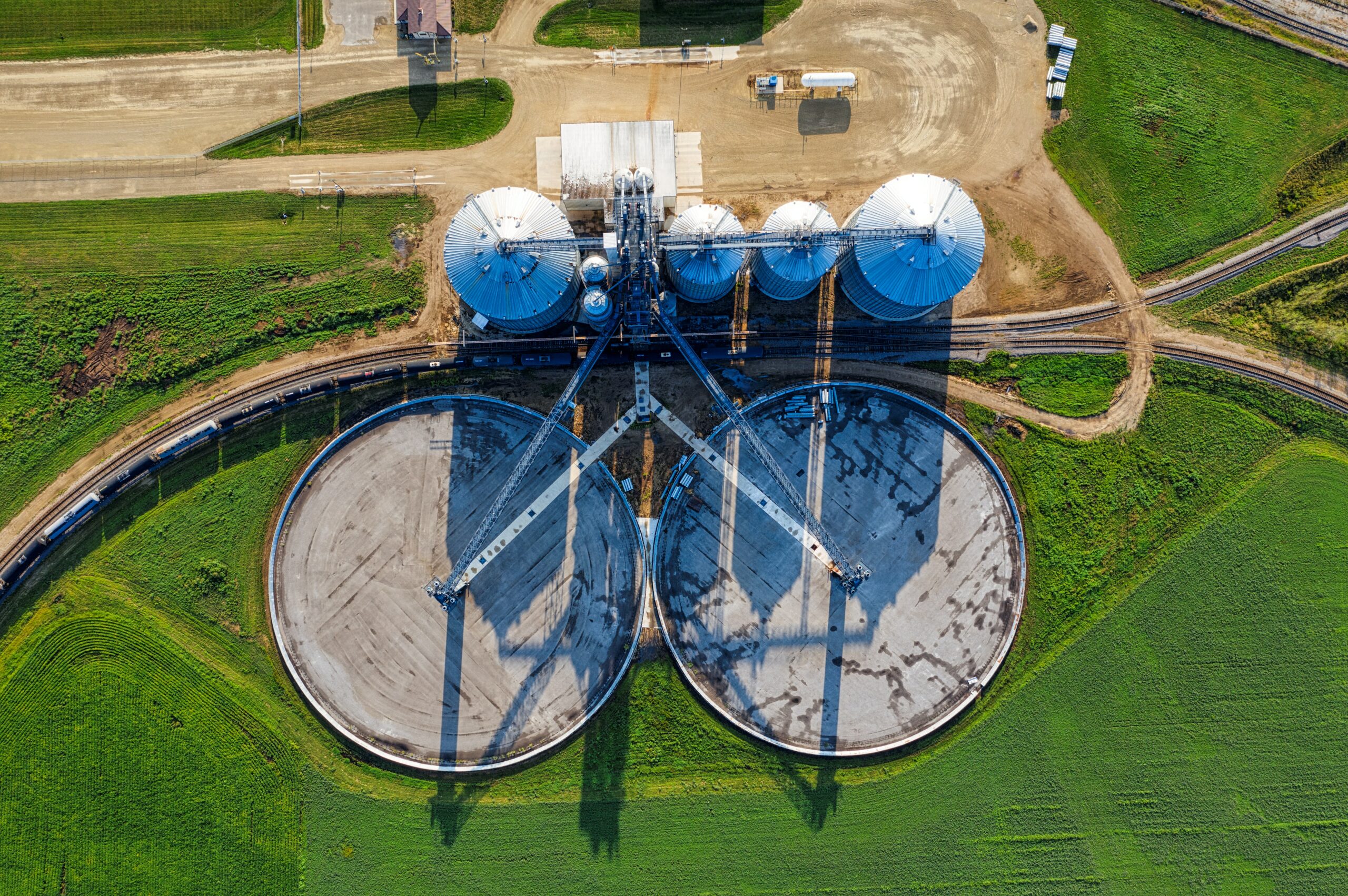
Driving the Agro Tech with IoT

FoxERP
Agriculture is one industry that depends on the climate, soil content, and weather forecasts for producing its yield. Be it crops, or plants, the agricultural business processes drive its maximum value from these factors, which are in less control of ours.
What if I tell you that it is not the same again than the technology enables us to make decisions, drive agricultural processes, and improve crop productivity.
Yes, that’s true. With the rise in digitized business processes, even agricultural business processes are harnessing digital tools and technologies leveraging the digitization benefits.
Agriculture has remained a fundamental activity for human survival and evolution. Still, over the period, agriculture has evolved as a tool that has been developing new techniques and technologies.
The emergence of the pandemic, and the subsequent digitization, have changed the face of agricultural practices, thereby delivering a digital mode of agriculture.
Like in other sectors, IoT is also delivering its digital advantages to the agricultural industry.
Some of the most common environmental factors monitored and controlled by farm practices include humidity, temperature, and light, along with other frequent activities such as irrigation, fertilizing, pest control, and livestock feeding and care., among others.
IoT applications in agricultural practices are enormous. They include regular data monitoring.
For instance, regular data monitoring creates alerts instantly, when a problem happens, and hence, preventive and corrective actions are applied, avoiding losses in production and automating the activities with the IoT systems to establish custom conditions based on the given parameters.
IoT offers users a real-time view of farming activities by analyzing the information collected by the IoT systems and developing more efficient and intelligent agricultural practices to increase production and, consequently, save money and time.
Not only this, IoT-enabled connected sensors provide the farmers and business players a complete image of the agro-business processes and, thus, help them drive digital agricultural processes and achieve productivity and resilience in farming activities.
The mechanism of IoT-enabled connected sensors is quite simple, where it collectively combines the information analyses to increase the yield of crop production based on the threshold value of soil moisture sensor and mitigate the impact of water scarcity by the monitoring of water level sensors in the tank and also the temperature sensor.
Thus, essential information about soil, crop, and other environmental factors are sent and updated to farmers through our proposed system methodology.
Moreover, IoT provides farmers with strategic insights that help enable seamless farming activities and identify the gaps in farming activities by digitizing them and taking essential steps to increase the prevalence of digitized agro solutions.
Conclusion
Emerging technologies is the future. Like any other sector, the farming industry is also leveraging the benefits of agriculture.
Digital agriculture, or Agro Tech as they call it, is reshaping its course with the proper utilization of IoT-enabled connected sensors and enabling farmers to achieve productivity, resilience, and efficiency by enhancing the crop yield, which has got massive potential, not only today but in the years to come as well.
Recent Posts

FoxERP
Unleashing the Power of ERP Cloud Migration: Benefits, Challenges, and Options
In the contemporary business landscape, Enterprise Resource Planning (ERP) systems play a pivotal role in driving operational efficiency and facilitating strategic decision-making. With the rapid evolution of cloud technology, organizations are increasingly exploring the option of migrating their ERP systems to the cloud to unlock a plethora of benefits and drive digital transformation.

FoxERP
The ERP Revolution: Navigating Enterprise ERP System Challenges
Enterprise Resource Planning solutions can be a lifesaver for businesses. It enables you to automate all your day-to-day business processes in a centralized and streamlined platform. Today, most business organizations implement ERP solutions like FOX ERP to improve business operations, boost data security and data quality, automate workflows, and enhance customer service.

FoxERP
Unlocking Organizational Success by Embracing the Strategic Roadmap to ERP Implementation
Do you know? The global ERP software market is expected to reach a staggering $78.40 bn by 2026, growing at a CAGR of 10.2%. The global ERP software market is estimated to take over 40% of the market share by 2025.



